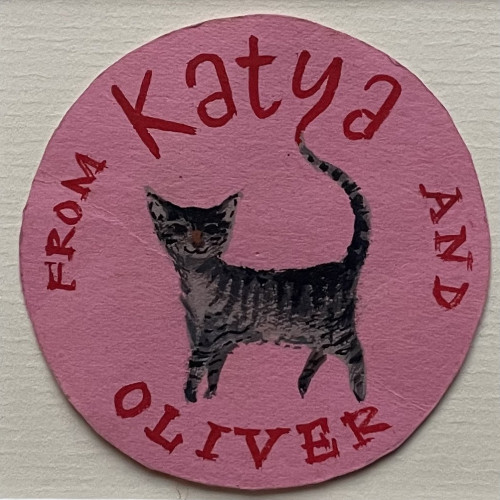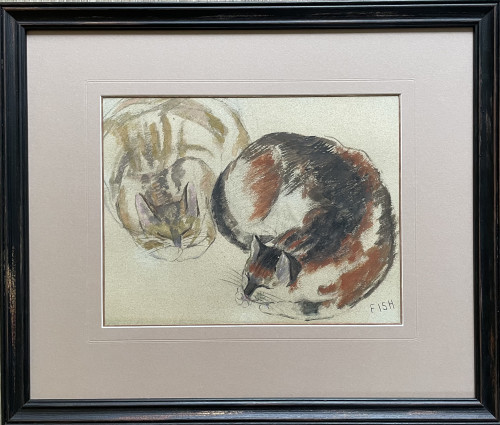- HOME
-
- View All Items
- New Arrivals
- Featured Items
- Artists
-
- View All
- Contemporary
- Birmingham School
- Cotswold Group
- Landscape
- Urban Townscape
- Abstract
- Animals/Birds
- Arts & Crafts
- British Impressionist
- Botanical
- Design/Industrial
- Fantasy/Fairy Subjects
- Female Artists
- Figurative
- Historical
- Illustration/Cartoon
- Marine
- Military/War Artist
- Modern British
- Pre-raphaelite/ Romantic/ Aesthetic
- Nude
- Portrait
- Prints
- Scottish
- Sculpture
- Sporting
- Still Life
- Theatrical
- Interiors/Architectural
-
ARCHIVE
Genre
- View All
- Contemporary
- Birmingham School
- Cotswold Group
- Landscape
- Urban Townscape
- Abstract
- Animals/Birds
- Arts & Crafts
- British Impressionist
- Botanical
- Design/Industrial
- Fantasy/Fairy Subjects
- Female Artists
- Figurative
- Historical
- Illustration/Cartoon
- Marine
- Military/War Artist
- Modern British
- Pre-raphaelite/ Romantic/ Aesthetic
- Nude
- Portrait
- Prints
- Scottish
- Sculpture
- Sporting
- Still Life
- Theatrical
- Interiors/Architectural
- ARTISTS
- Online Exhibitions
- Events
- About
- Contact
- Home
- Genre
- Animals/Birds
- The Black Cat
The Black Cat
The Black Cat
Richard Ernst Eurich was born in Bradford where he studied at the School of Arts and Crafts before continuing his studies in London at the Slade under Henry Tonks. Whilst at the Slade he met the patron and collector Sir Edward Marsh who took him under his wing, arrangning his first one-man show of drawings at the Goupil Gallery in 1929. At the exhibition he met Christopher Wood who encouraged him to use colour and to paint what you love and damn all fashions that come and go. He then started showing at the Redfern Gallery, a relationship that was to last for the next twenty-five years. In 1934 he moved to Hythe, Hampshire, where the nearby Southampton Water became a regular source of inspiration for his work. In 1940 he painted a panoramic painting of the Dunkirk beaches for the War Artists Advisory Committee. The painting was a huge success and overnight established his reputation. For the rest of the war he worked for the War Artists Advisory Committee painting subject for the Admiralty. To ensure accuracy he made many trips on destroyers patrolling the Straits of Dover. Following he war he taught part-time at Camberwell School of Art and later at the Royal Academy Schools. He also make a series of paintings for Shell Guides He first exhibited at the Royal Academy in 1937, was elected an Associate member in 1942 and became a full Academician in 1953. He was also a member of the New English Art Club and an honorary member of the Royal Society of Marine Artists. In 1991 the Imperial War Museum, assisted by the Fine Art Society, held a retrospective exhibition of his work.
Dimensions:
Thank you for your enquiry.
We will get back to you soon.
Please create wishlist to add this item to
RELATED ITEMS



















